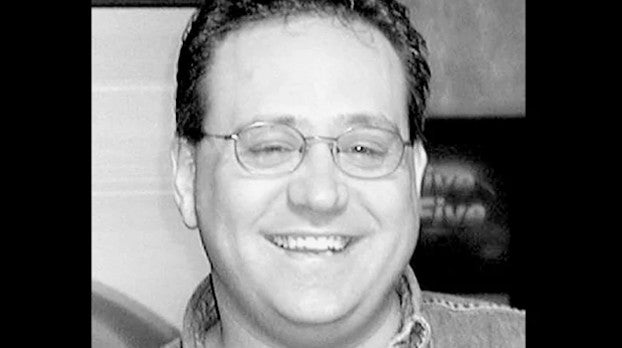Hands-Only CPR: The Next Generation of Education
Published 6:57 am Wednesday, June 14, 2017
By Amy Taylor
Summer daydreams of students herald elaborate family vacations in the sun, historical markers on road trips and an endless request for snow cones, and perhaps the memories are poised to include a lifesaving event with Hands-Only CPR. Thanks to CPR-training in schools, this could be a reality.
In the 2014-2015 school year, CPR-training became a requirement for high school graduation in Texas, encouraging educators to instill lifesaving techniques within a traditional educational environment.
Aerin Thomas, a 12-year-old from Texas, performed Hands-Only CPR on her dad, maintaining steady chest compressions at the right speed and depth until the paramedics arrived. Paramedics quickly identified that if Aerin had not administered CPR, her father may have passed away. Aerin potentially saved her dad’s life by administering Hands-Only CPR after calling 9-1-1.
First responder, Fire Department’s Battalion Chief Paul Henley, had never seen anything like it.
“That was the first time I witnessed a child perform CPR on a scene,” he said. “I drove her to the hospital afterward, and I was so proud of how she took initiative.”
The American Heart Association (AHA) champions Hands-Only CPR training in schools across the country. Thanks to legislation the AHA supported for CPR education in schools, 34 states now require CPR training in high schools. This increases the annual number of individuals trained in Hands-Only CPR to more than 2 million. More than 7,000 adults and teenagers in the Golden Triangle have been trained with AHA guidelines, methods and materials in CPR, AED usage and basic lifesaving skills.
Each year, over 326,000 out-of-hospital cardiac arrests occur in the United States. Statistics prove the more people who are trained in CPR, the more lives are saved during cardiac events. The American Heart Association is training the next generation on saving the lives of those who experience out-of-hospital cardiac arrests.
As school-age children go off to camp, swimming lessons, or the local park to occupy their long summer days, it’s encouraging to know that so many of them are now equipped with the tools to save lives. Hands-only CPR empowers students to be the lifesaver and not the spectator.
Bystander CPR is a critical part of saving a cardiac arrest victim’s life. Survival depends on the victim getting CPR as quickly as possible and that’s where Hands-Only CPR is of paramount importance, for everyone.
Hands-Only CPR has been shown to be as effective as conventional CPR for cardiac arrest at home, at work, or in public. It can double or even triple a person’s chance of survival. Hands-Only CPR has just two easy steps: If you see a teen or adult suddenly collapse, (1) Call 9-1-1; and (2) Push hard and fast in the center of the chest to the beat of the disco song “Stayin’ Alive.” “Stayin’ Alive” instills just the right beat at 104 beats per minute. Hands-only CPR requires 100-120 chest compressions per minute.
For more information, watch the 90 -second video at heart.org/handsonlycpr and share it with the important people in your life. You can also find a CPR class near you or learn more at the Golden Triangle Heart Walk on Saturday, September 9, 2017 at The Great Lawn (900 Crockett St, Beaumont) where the American Heart Association will host Hands-Only CPR demonstrations.
Amy Taylor is Golden Triangle Director of Communications, American Heart Association




